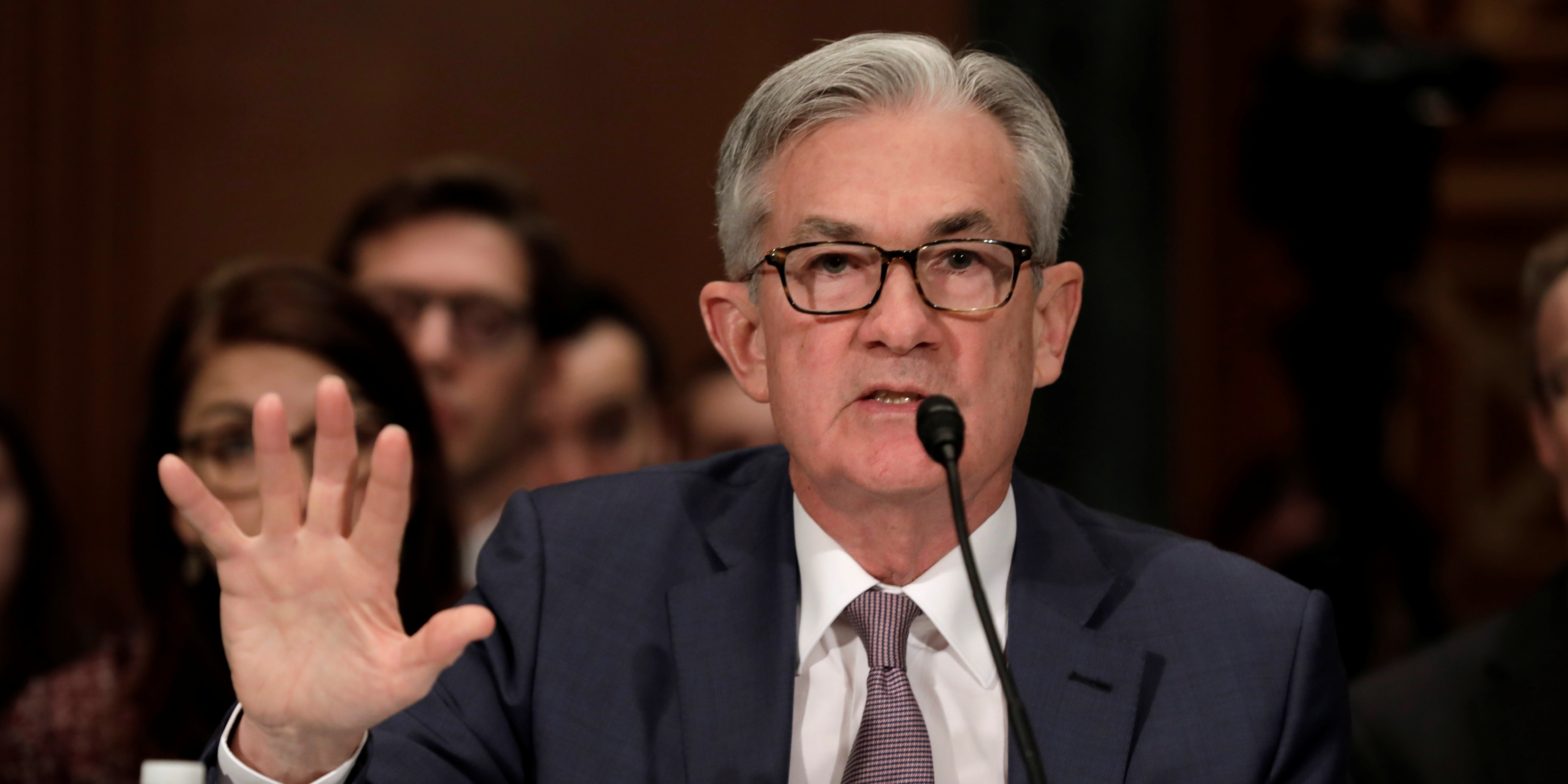Stocks will likely fall further in anticipation of the Fed delivering another jumbo rate hike, analysts say. Investors priced in a more hawkish outlook for rate hikes after the strong September jobs report. The stock market “is simply going to be collateral damage” in the inflation fight, one analyst said. Loading Something is loading.
Thanks for signing up!
Access your favorite topics in a personalized feed while you’re on the go.
Another hefty rate increase by the inflation-fighting Federal Reserve appears on the way and stocks will likely take further hits in anticipation of the move – but investors should set aside the notion the Fed is looking to steer equities away from sharp declines.
Investors after the September payrolls report were pricing in a more hawkish outlook for the Fed’s likely rate hike in November. The CME FedWatch tool showed an 82.3% probability of a 75-basis-point increase, up from 75.2% a day earlier and higher than 56.5% a week earlier.
“I think the Fed feels like they have the license to push ahead aggressively to combat inflation,” Jan Szilagyi, CEO and co-founder Toggle AI, an investment research firm, told Insider after Labor Department released its payrolls report on Friday. The US created 263,000 new jobs in September, beating the 250,000 average estimate. The unemployment rate fell to 3.5% from 3.7%.
US stocks tumbled after the jobs report. The Nasdaq Composite lost nearly 4% and the S&P 500 gave up nearly 3%.
“Today’s jobs report likely does not change the Fed’s calculus in its fight against inflation, which is still on track for another 75 bp rate hike in early November,” Jason Pride, chief investment officer of private wealth at Glenmede, wrote in a note.
The report could lead to new 2022 lows for stocks this month, Bank of America said Friday.
The US stock market is already submerged in a bear market, with the Nasdaq Composite off by roughly 32% this year and the S&P 500 down more than 20%. The Fed has been aggressive in raising interest rates to pull down inflation that’s sitting around a four-decade high and in turn that’s left equities in the red.
“On a variety of metrics, I think there’s definitely still downside particularly because I don’t think there’s any sense the Fed is trying to help the market. The Fed is focused on inflation, which is different from some other situations where you have an economic crisis or a financial crisis,” Szilagyi said in swatting away the idea of a so-called “Fed Put”.
A Fed Put refers to the belief among investors that policymakers at the US central bank will enact policies aimed at aiding stocks if they drop sharply and quickly to worrying levels. The market saw Fed Puts in 1987, 2010, 2016, and 2018, according to the Corporate Finance Institute.
Szilagyi said “garden variety” bear markets running back to the 1929 crash on Wall Street have lasted between 10-12 months and have taken stocks down about 33%. The S&P 500 in the current downturn is off by about 24% year to date.
“I don’t think [Fed policy makers] are thinking that the market has come down so dramatically that they now suddenly need to pivot,” he said. “Back in 2018, when the market reacted very poorly to the prospect of potentially tightening, they did actually take the market into account. But that was when inflation was not a problem. I think now you’re in exactly in the reverse situation where inflation is suddenly a problem and the market is simply going to be collateral damage.”
Szilagyi also said stocks appeared to have dropped Friday as investors erased the notion that signs of potential stress in financial systems would lead the Fed to dial back on rate moves, including concerns about the health of Swiss lender Credit Suisse and the Bank of England’s emergency £65 billion bond-market intervention.
“That glimmer of hope there might be a little bit of a pivot – not anything near resembling an actual easing of monetary policy – is being priced out. We’re retesting the June lows, which, ultimately, is something that we probably need to do anyway if there’s ever hope of reaching a major low in the market.”
The September inflation report is due on Thursday to update the August headline reading that came in at 8.3%. The Fed is expected to raise rates for the sixth time at its November 1-2 meeting to push the fed funds rate from the current range of 3% to 3.25%. The Fed has kicked up the benchmark rate by 75 basis points at its past three meetings.
